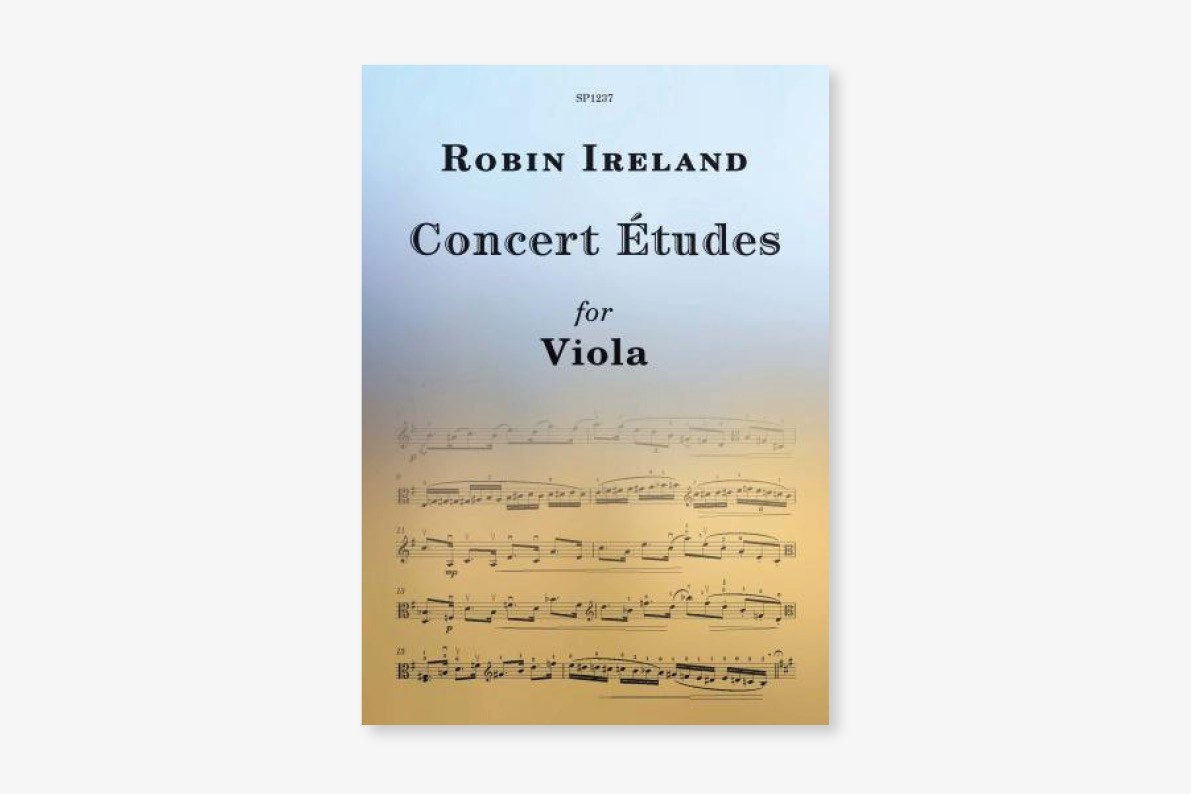Robin is a hugely enthusiastic and experienced teacher. He works with Conservatoire students, young professionals, school-age pupils and amateurs. Over decades, he has become an acute observer, and developed simple, creative and effective teaching methods. He is expert at helping with:
- Posture, set-up, good use of the body
- The physical mechanics for developing good technique
- Development of musicianship and performance skills
- Development of secure rhythm in playing
- Unravelling unhelpful attitudes and habits of thought as well as of physical use.
Robin enjoys working with students of any level who have an enthusiasm for developing themselves and their playing and musicianship. Ultimately his intention is to help students become their own best teacher, with the understanding and resources to enjoy their music-making, solve technical problems, interpret and communicate music and continue to improve indefinitely.
‘Robin Ireland possesses a unique understanding of the role of the pupil. I have been fortunate enough to have been taught by a number of distinguished teachers, but Robin is the one for whom I have been able to play at my best, without self-consciousness or trepidation. His approach is warm and empathetic, yet his attention to detail is meticulous. He offers a penetrating analysis of technical problems, together with practical solutions which work. His musicianship and breadth of knowledge of the string repertoire speak for themselves. It has been a privilege to be his pupil.’ — Deborah Taylor
‘I think another penny dropped for me yesterday – the bit about hand shape, shape preparation and finger readiness. What never fails to amaze me is your skill and ability to have all of the pennies lined up ready to drop, so that as soon as the brain and the techniques are ready, there they are in line, without it feeling over- critical or too demanding. It really feels that you hit the spot every time.’ — Linda Gast
Robin’s set of 12 concert études was published in January 2014 by Spartan Press. Their website gives a link to recordings of études performed by Robin, and also offers samples of études to look at in print.

Here is the introduction from the published version:
‘Many violists have grown up on a diet of violin studies transcribed for viola, and plenty have thrived on them, even though the studies are often composed with melodic patterns and fingerings that suit the violin better than the viola. My first aim in composing some new study material for the viola was to write specifically for it, in ways which suit it both technically and tonally.
The twelve concert études set out to be musically attractive pieces, which, in addition to covering most basic aspects of technique, will encourage the development of ‘musical’ and expressive playing. The set of études is unusual, perhaps unique, in that it covers a range of styles, and thus provides a focus for developing an understanding of bowing and articulation appropriate to different periods of music. The first eight études move through baroque, classical and romantic styles, while the later études include material for developing confidence with metre change and other basic rhythmic skills and with atonality. The last étude introduces some extended techniques and an improvisatory style of playing.’
The concert études should be appropriate for viola students from Grade 8 upwards. Copies are available at £9.95 from Spartan Press.
- Étude No. 1: Baroque (Bach)
- Étude No. 2: Baroque (French Overture, Italian Allegro)
- Étude No. 3: Classical (Haydn)
- Étude No. 4: Theme and Variations (Early Romantic)
- Étude No. 5: Fantasy in D Minor (Early Romantic)
- Étude No. 6: Fantasy in G Major (Romantic/Salon)
- Étude No. 7: Fantasy in B Minor (Romantic. Slow bows and bow distribution)
- Étude No. 8: Fantasy in F# minor (Romantic, chromatic)
- Étude No. 9: Metre change Study 1 (East European Folk)
- Étude No. 10: Metre Change Study 2
- Étude No. 11: Atonal (Second Viennese School)
- Étude No. 12: Improvisatory